
Here is a report of the road test we conducted recently in the BMW 730Ld
BMW ARE RECOGNISED FOR their sharp handling and sporty character, with enough power to shred the rear wheels to tatters much to the pleasure of enthusiasts.

But in the snooty segment where the 7 Series competes, these attributes are not high up on the list. During their daily commutes, industrialists, bankers and policy-makers are not too keen to have a trivial traffic signal face-off and mainly seek three things: luxury, comfort and some more luxury. And that’s what BMW have done by tweaking their flagship to suit the clientèle’s needs in this Life Cycle Impulse refreshed version.

This is the second phase of life given to the fifth-generation 7 Series, though the visible changes are rather subtle and you’ll have to look closely to differentiate between the older one and this. But, thankfully, most of the changes are under the skin. The large proportions and unique LED corona rings, with their top sliced off, distinguish the new car. Now Adaptive Full-LED
headlights come as standard, with a strip of LEDs running below serving as parking lights and doubling as indicators. The new bumper now holds a slightly different kidney grille, which now comes with fewer, albeit bolder slats. A pair of sleek air dams suck air away from the front tyres and reduce resistance. The wing mirrors get new turn indicators highlighted with thin
chrome accents. Even the new LED taillamps are connected with a chrome strip running across the boot-lid. Sitting about eight millimetres lower, the overall design of the Seven after its facelift looks classier and a lot better put together than the outgoing model.

We tested the locally assembled 730Ld, which comes with a 2,993-cc diesel motor which was also seen in the older car, but now has been re-tuned and optimised. The new set-up of the in-line-six, with the combination of the common-rail direct ignition and a turbocharger with variable turbine geometry help it churn out a peak power of 258 PS and a maximum torque of
560 Nm, which is additional 13 PS and 20 Nm compared to the previous generation. The engine now feel more refined and the power delivery more prompt, without any trace of turbo lag. The biggest improvement is a new eight-speed automatic gearbox, instead of a six-speed one, which performs smoothly to offer almost imperceptible gear shifts. Having a couple of extra gears gives it the advantage of shifting to higher gears so that the engine runs at lower RPM even while cruising, boosting the new Seven’s fuel efficiency during longer runs. It also comes
with a range of features to aid this further, like the Eco-Drive that changes gear shift points and optimises climate control for better efficiency and Auto Start-Stop function, which work together to return 8.5 km/l in city and 11 km/l on the highway.

The eight gears are closely spaced and shift faster than the outgoing six-shooter. They also help in outperforming the older car in the 0-100 km/h test and in the quarter mile run by shaving close to a second off, while the top speed remains unchanged at 250 km/h. It’s impressive how quickly this two-tonne car gathers momentum and has no qualms about transforming from a luxury limousine to a sports-saloon just with a tap on the throttle. And since the hefty 560 Nm of torque is available right from 1,500 revs, it gives the BMW excellent mid-range adding to the convenience of easy overtaking. There are several driving modes to choose from – Eco Pro, Comfort, Comfort+, Sport and Sport+ – which alter the aggression of the gearbox, throttle response, suspension and ESP accordingly. Driving the car with a light foot, I found the power delivery to be a lot more tranquil, flowing more fluently to suit the rich persona of the car.

Interestingly, BMW have moved away from their trademark firm and sporty ride, with the scale now tilting more towards comfort, for the 7 Series feels more placid and at peace on Indian roads. The nextgeneration run-flat tyres with taller profile on 18-inch alloys and adaptive suspension offer a surprisingly good ride quality. The soothing ride may make hardcore fans crib
about the softer set-up biting into the car’s sportiness, especially in the ‘Comfort’ mode. The steering also gives the feeling of having a lot more electronic intervention and isn’t as direct as that in the smaller BMWs. Switching to the ‘Sport’ mode does improve the dynamics, but it never becomes as sharp as its sibling and intentionally so. Since the average 7 Series buyer is not looking at driving it to the limit and probably has an M5 carbon parked in the garage, just for that. The limousine’s prime objective is to transport the owner from point A to B comfortably
and in the lap of luxury. Something the upgraded Seven does discerningly.

The other aspect that hit the sweet spot for me was the improved sound insulation. Unlike some of the other models from the German company, you can hardly hear the oil-burner within the cabin; it hums away busily doing its duty. The cabin itself has been given a fair amount of facelift, with the use of new material and texture to make it look grander. There are new chrome accents, including a strip that now runs on the dashboard to give it more character. The latest iDrive system finds its way to the new 7 Series along with a new instrument cluster. There are front and rear parking sensors, but I still struggle with the iDrive and wish navigating through the system could be simpler. There are steering wheel-mounted controls for the entertainment system, but no paddle shifters; the gear lever can be used to change gears manually. You can easily access the CD-changer, which is neatly concealed by a lid
just above the glove-box. There’s even a new 10-inch LCD display along with 3D navigation maps that are pretty accurate.

BMW have shifted focus to the all-important rear seats as the new front seats have been made slimmer to improve the view for the back. The plush rear seats are also adjustable and make full use of the long wheelbase version’s additional 140 mm by improving rear legroom. Pick the optional rear seat entertainment package and you’ll get two individual seats with full control of pretty much all the car’s functions and features. There’s a memory button on the door panel for your tuned-to-perfect seat position. Then you have the in-built massage option and controls for the window blinds. Each passenger gets their personal 9.2-inch display, which is fixed behind the front seats, and has iDrive controls on the centre arm-rest. Concealed in the middle is a refrigerator to store titbits, but it eats into valuable space of the luggage compartment. A useful pair of collapsible trays to work on are nicely integrated into the back of the front seats.

The premium segment the BMW competes in has strong competition with Audi’s new and well packaged A8 and the soon-to-be launched Mercedes-Benz S-Class, which is poised to take the luxury segment to the next level. Besides, a completely new 7 Series should be introduced in the next couple of years. But for now the latest iteration of the BMW 7 Series remains a well-rounded product and a worthy successor to its predecessor. The flagship has been well resurrected.

Story: Sarmad Kadiri
Photography: Sanjay Raikar






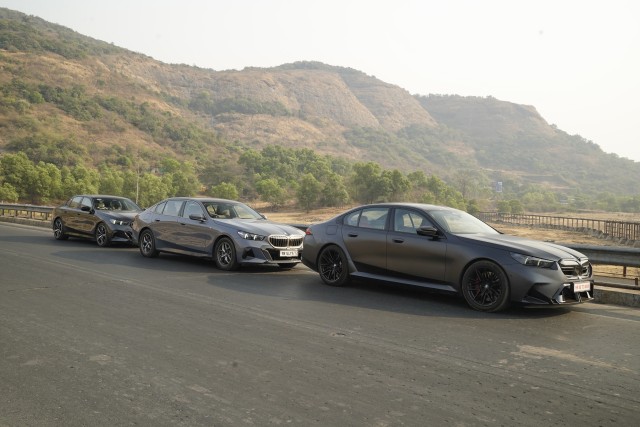
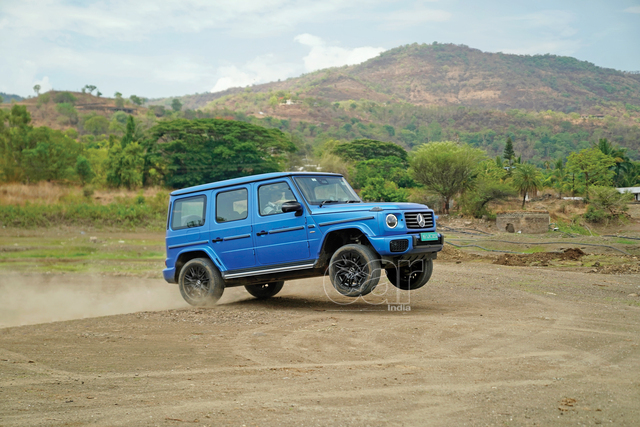
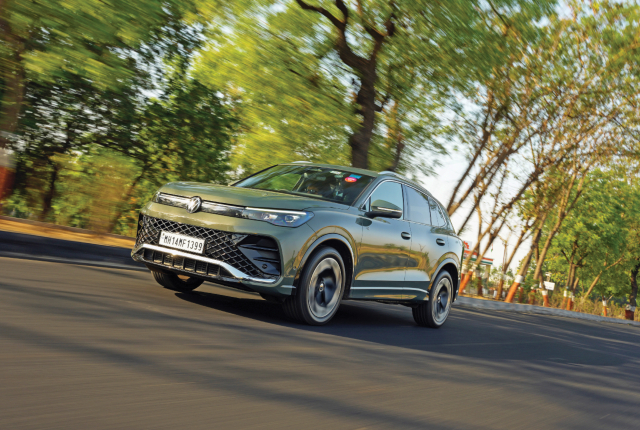
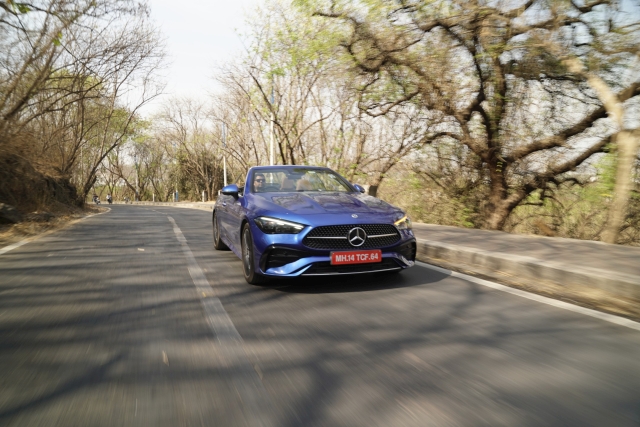

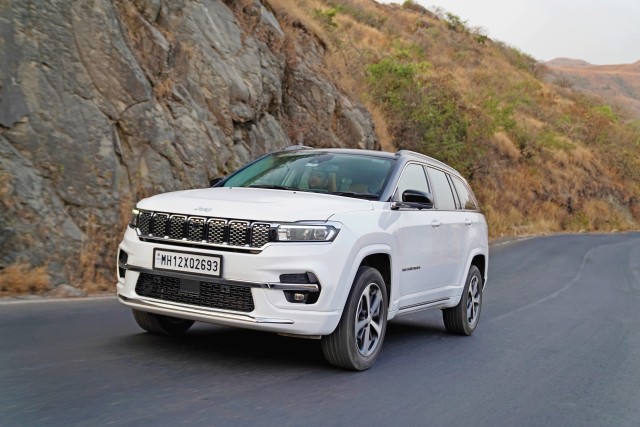
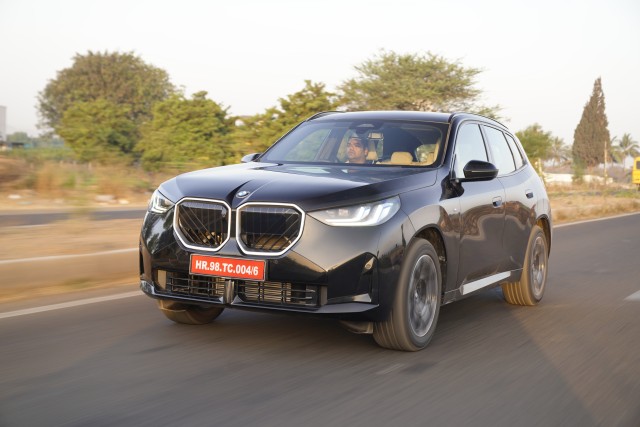
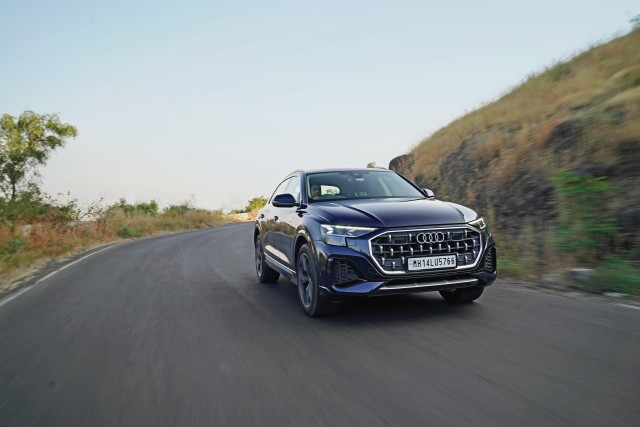
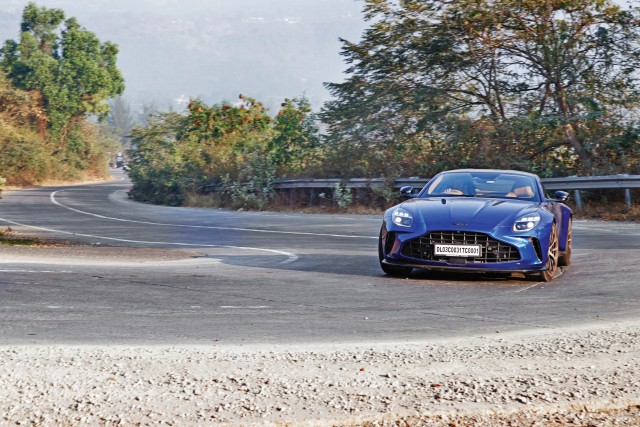
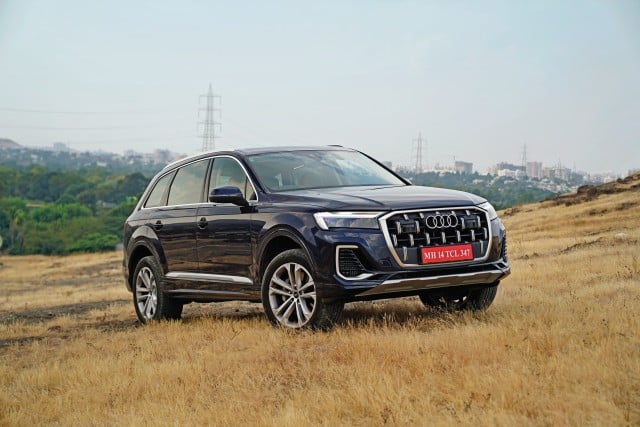
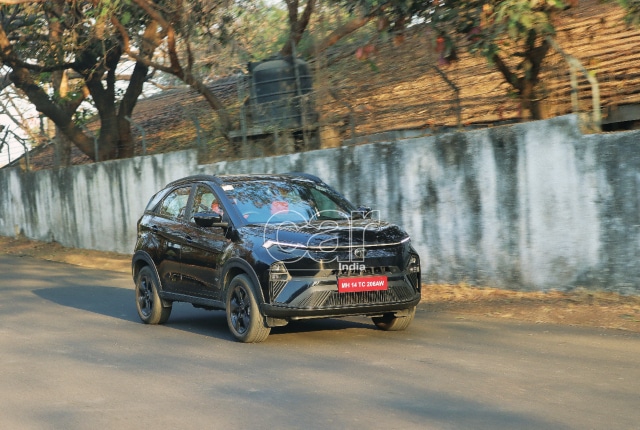




Leave a Reply